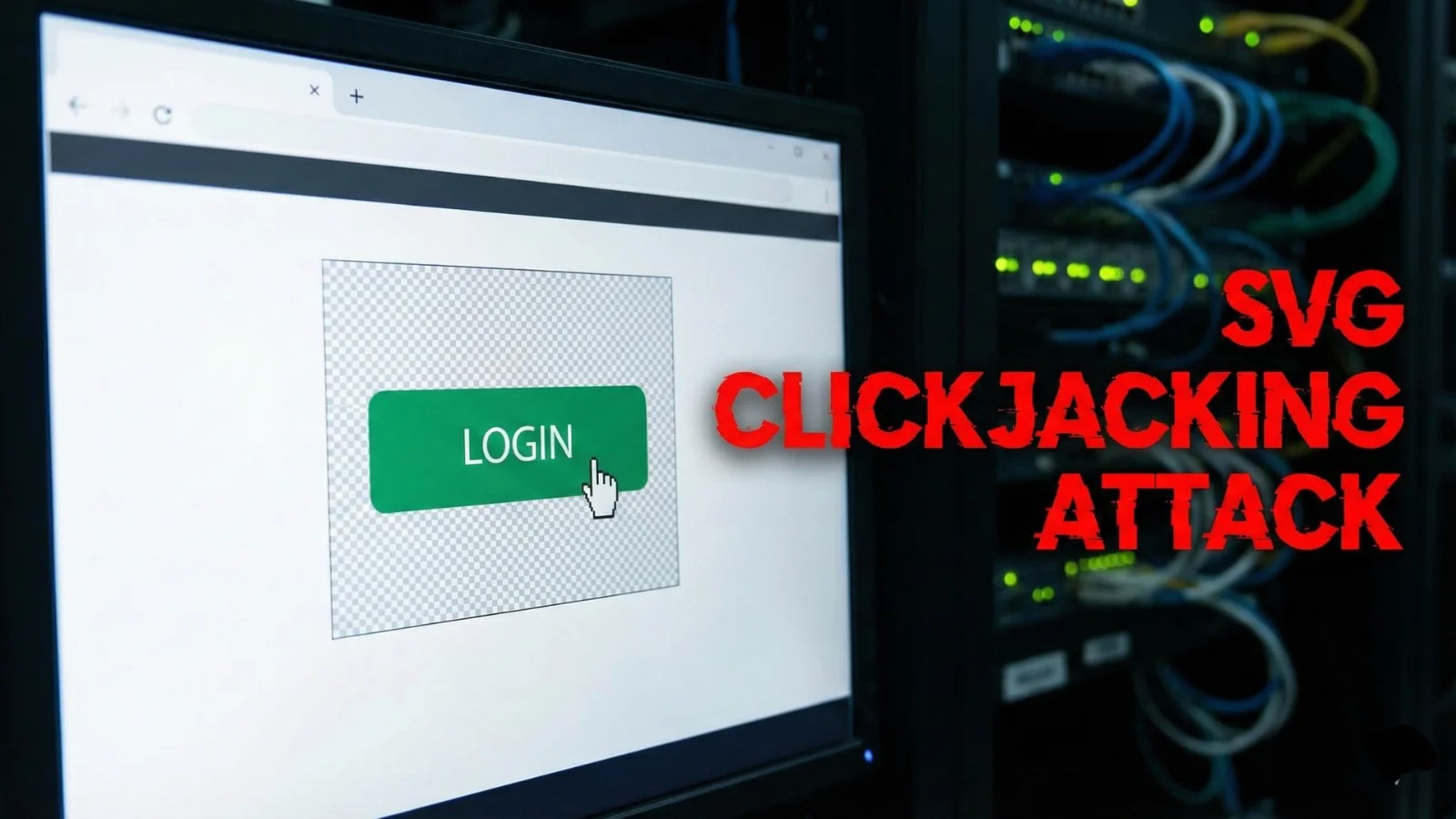In recent developments, cybersecurity experts have identified a troubling trend: sophisticated threat actors are increasingly targeting Continuous Integration/Continuous Deployment (CI/CD) pipelines to gain unauthorized access to sensitive cloud resources. These attacks exploit misconfigurations in the OpenID Connect (OIDC) protocol implementation, allowing attackers to bypass traditional security controls and potentially access an organization’s most valuable assets.
Understanding CI/CD Pipelines and Their Significance
CI/CD pipelines are integral to modern software development, automating the processes of building, testing, and deploying applications. These systems typically require privileged access to various resources, including cloud environments, code repositories, and production systems. This elevated access makes them particularly attractive targets for attackers seeking to compromise an organization’s infrastructure.
The Role of OpenID Connect (OIDC) in CI/CD Environments
OIDC is an authentication protocol that extends OAuth by adding identity tokens, which verify user identities for resource access. In CI/CD environments, OIDC enables passwordless interactions between CI runners and protected resources, with the CI/CD vendor serving as the identity provider (IdP). This model eliminates the risks associated with storing long-lived credentials but introduces new security considerations requiring careful configuration.
Exploitation of OIDC Misconfigurations
Researchers have identified multiple security vulnerabilities in how organizations implement OIDC authentication for their CI/CD environments. While OIDC was designed to eliminate the need for storing sensitive credentials in CI/CD workflows, misconfigurations in its implementation can inadvertently create new attack vectors.
Attackers are specifically targeting the authorization phase of OIDC implementations. Since CI/CD vendors automatically provide identity tokens to all runners, the security boundary relies heavily on properly configured identity federation policies. Misconfigurations in these policies can allow attackers to obtain valid tokens that meet the requirements for accessing protected resources.
Poisoned Pipeline Execution (PPE) and Privilege Escalation
A particularly alarming attack vector combines Poisoned Pipeline Execution (PPE) with lax OIDC federation policies. This sophisticated technique allows attackers to escalate privileges by exploiting Remote Code Execution (RCE) vulnerabilities in CI/CD pipelines to obtain OIDC tokens that satisfy overly permissive federation requirements.
In a typical attack scenario, an adversary might target a repository with minimal permissions but vulnerable pipelines. By exploiting this initial vulnerability, they obtain OIDC tokens that can be used to access more sensitive resources protected by insufficiently specific federation policies. For example, a policy that grants access to any repository within an organization using the pattern `repo:my_org/` creates a significant security risk.
Mitigation Strategies
To defend against these threats, organizations should implement the following strategies:
1. Implement Least Privilege Access: Ensure that CI/CD pipelines operate with the minimum necessary permissions to perform their tasks.
2. Enforce Strict Identity Federation Policies: Configure OIDC federation policies to be as specific as possible, limiting access to only the necessary resources.
3. Regularly Audit and Monitor Pipelines: Conduct continuous monitoring and regular audits of CI/CD pipelines to detect and respond to unauthorized activities promptly.
4. Secure Code Signing: Implement secure code signing practices to ensure the integrity and authenticity of code throughout the CI/CD pipeline.
5. Network Segmentation: Segment networks to limit the potential impact of a compromised CI/CD pipeline on other parts of the infrastructure.
6. Regular Vulnerability Scanning: Integrate regular vulnerability scanning into the CI/CD pipeline to identify and remediate security issues promptly.
7. Integrate Security Measures Throughout the Pipeline: Embed security practices at every stage of the CI/CD pipeline to create a robust defense against potential attacks.
By implementing these recommendations, organizations can significantly enhance the security posture of their CI/CD environments, reducing the risk of unauthorized access, supply chain compromise, and code injection attacks.



